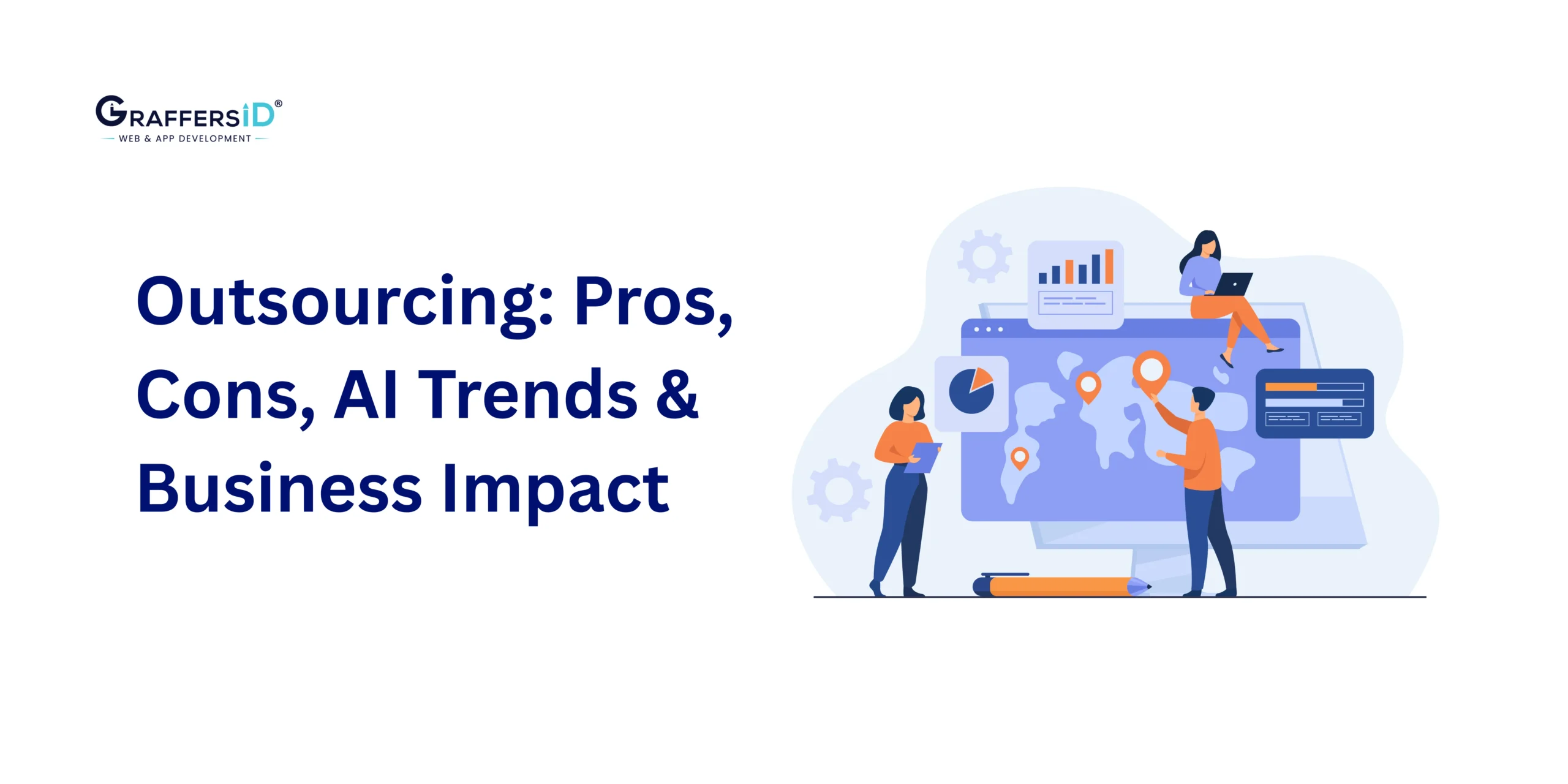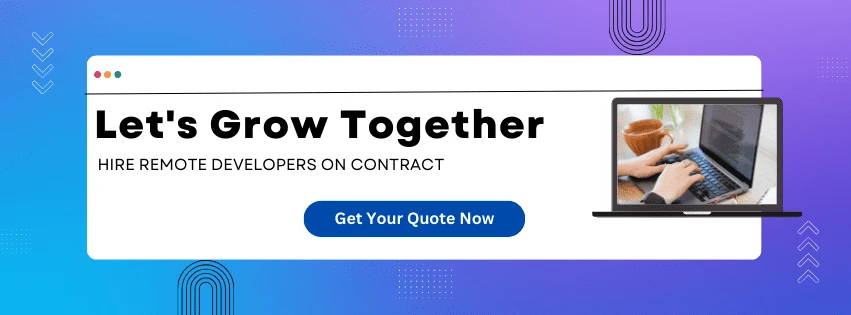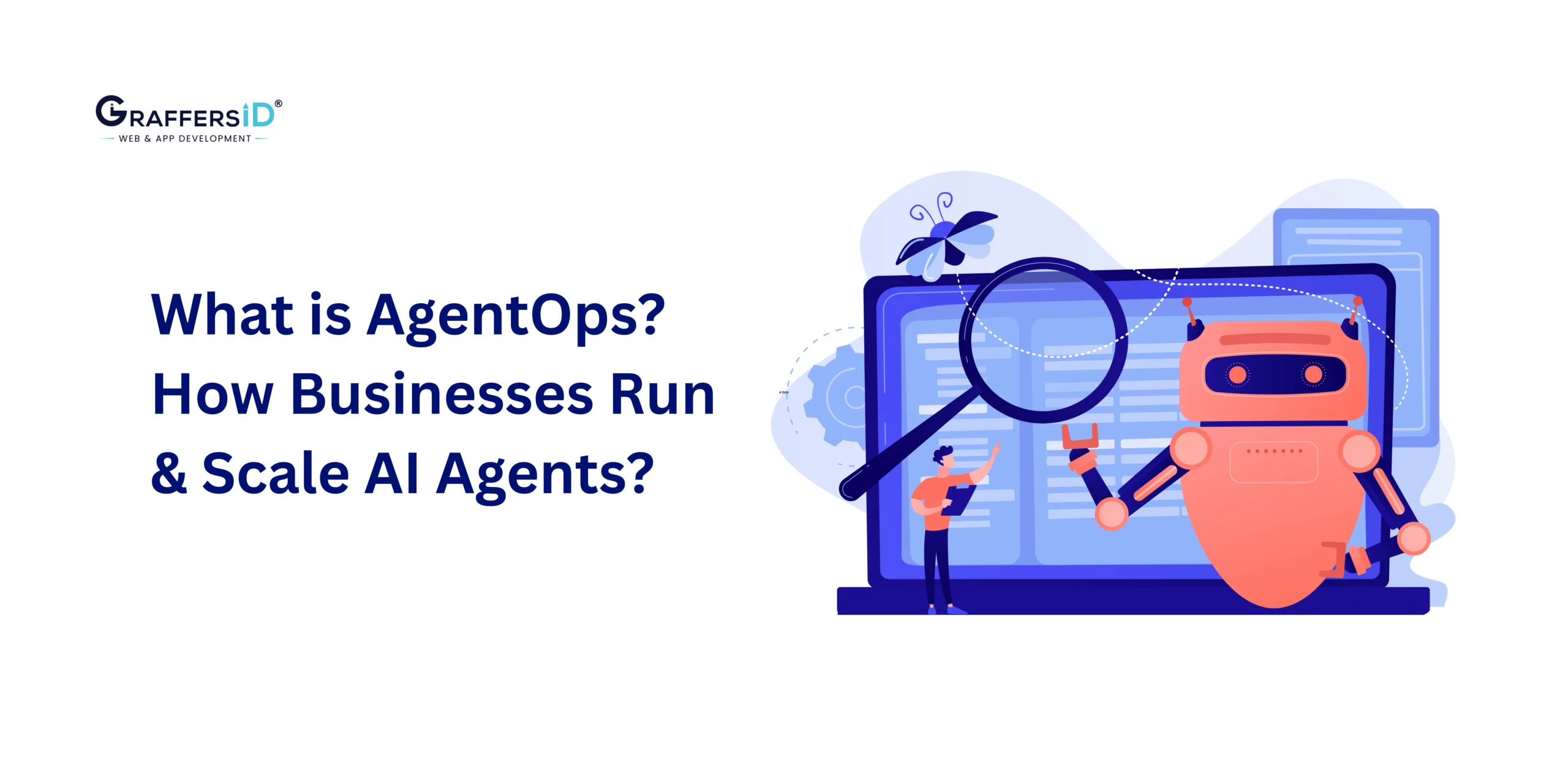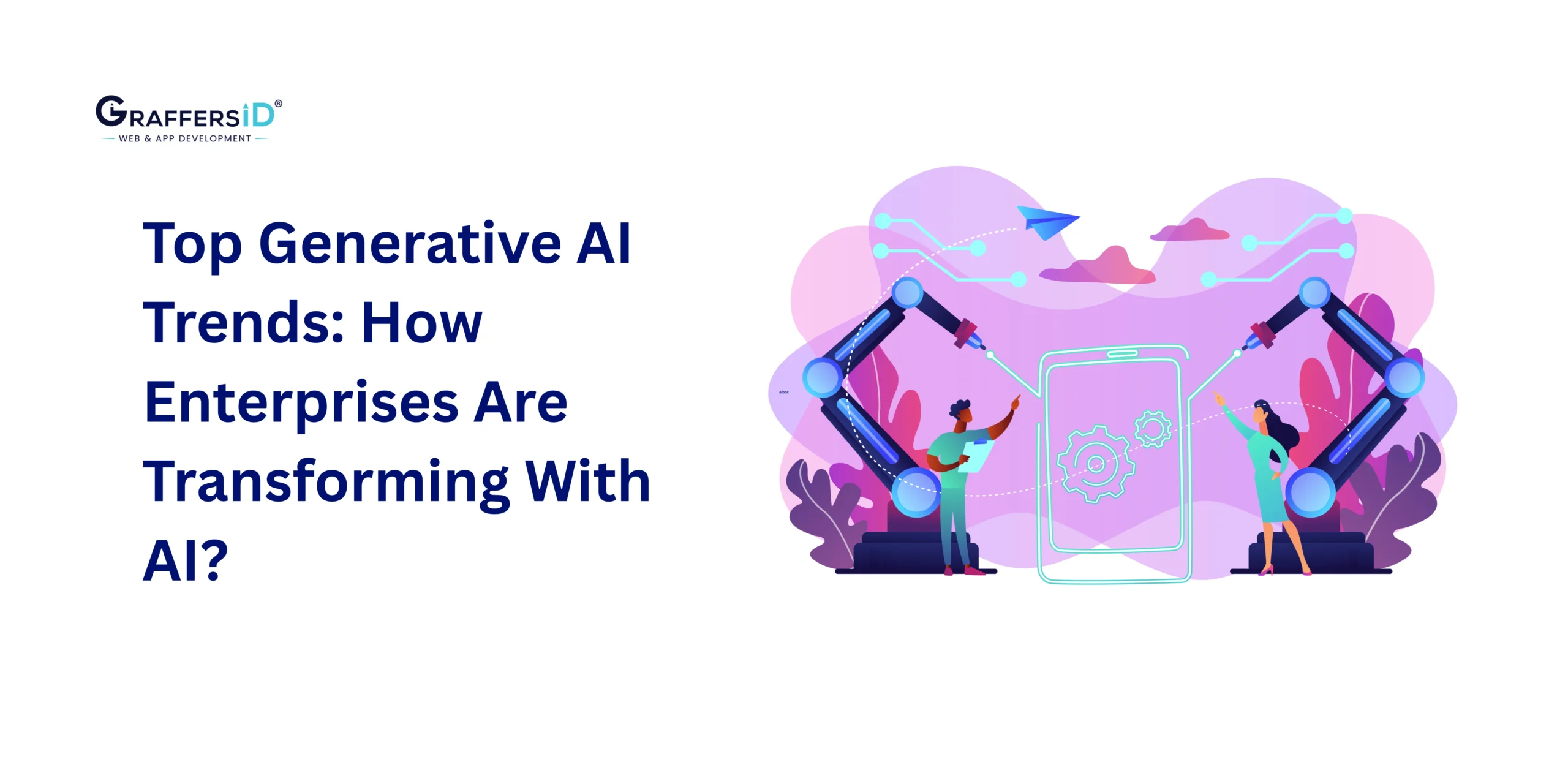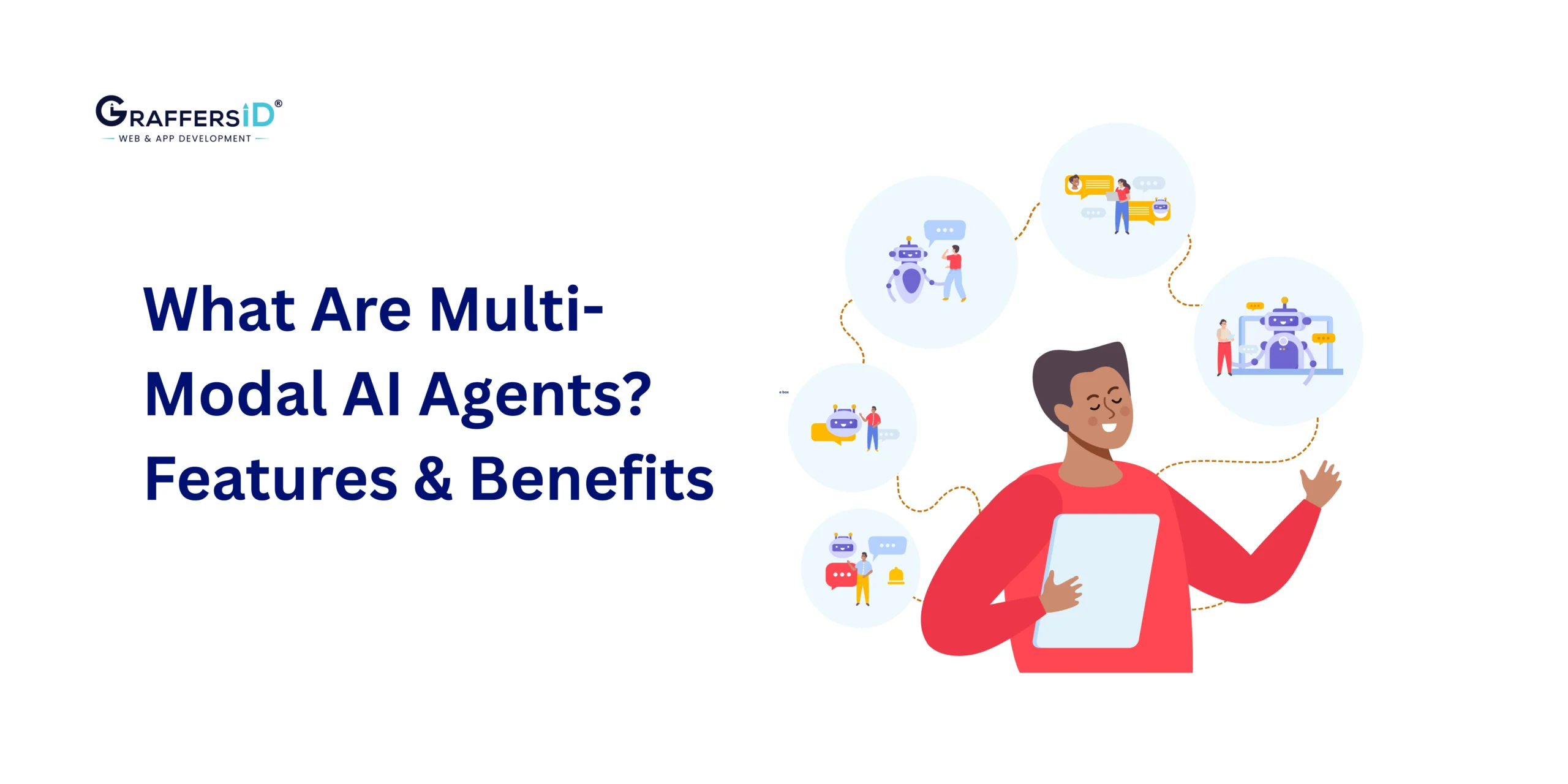Outsourcing in 2026 is no longer just a way to cut costs; it has become one of the fastest paths to innovation, AI adoption, and global scalability. As businesses race to integrate automation, build AI-driven products, and stay competitive in a digital-first world, outsourcing now extends far beyond IT support. Companies are delegating complex functions like AI development, ML model operations, cloud automation, cybersecurity, data engineering, and customer experience workflows to specialized global partners.
For CTOs, CEOs, and product leaders, this shift presents a massive opportunity: faster time-to-market, access to world-class talent, and the ability to scale without heavy infrastructure investment. But it also introduces new challenges, including AI-related expenses, compliance risks, communication gaps, and long-term vendor dependency.
This guide breaks down the real advantages and disadvantages of outsourcing in 2026, based on the latest trends, AI tools, and global delivery models, so you can make informed, strategic decisions for your business.
What is Outsourcing in 2026?
Outsourcing refers to handing over specific business functions, such as technology, AI, operations, or customer service, to external expert partners who can perform them faster, better, and at a lower cost. With the rise of AI-driven delivery models, outsourcing has expanded far beyond traditional IT support and now covers high-value, innovation-focused services.
In 2026, outsourcing now includes:
- AI Model Development: Companies outsource the creation, fine-tuning, and deployment of AI models to experts who can deliver accurate, production-ready systems without heavy internal investment.
- Automation and Workflow Engineering: Businesses hire external automation specialists to build AI-powered workflows, streamline repetitive tasks, and optimize operational efficiency across departments.
- AI-Powered Customer Support: Organizations rely on outsourced teams to manage AI-driven chat, voice, and omnichannel support systems for faster and more consistent customer interactions.
- Web and Mobile App Development: Businesses outsource full-stack product development to build modern, scalable apps without maintaining an in-house engineering team.
- UI/UX Design and Product Engineering: External design and product specialists help companies create intuitive user experiences and ship new features quickly.
Market Insight for 2026: More than 75% of tech-forward companies now outsource at least one AI, automation, or engineering function to accelerate innovation, reduce costs, and scale globally.
Read More: Staff Augmentation vs. Outsourcing: Choosing the Right Model for Your Business
Advantages of Outsourcing in 2026
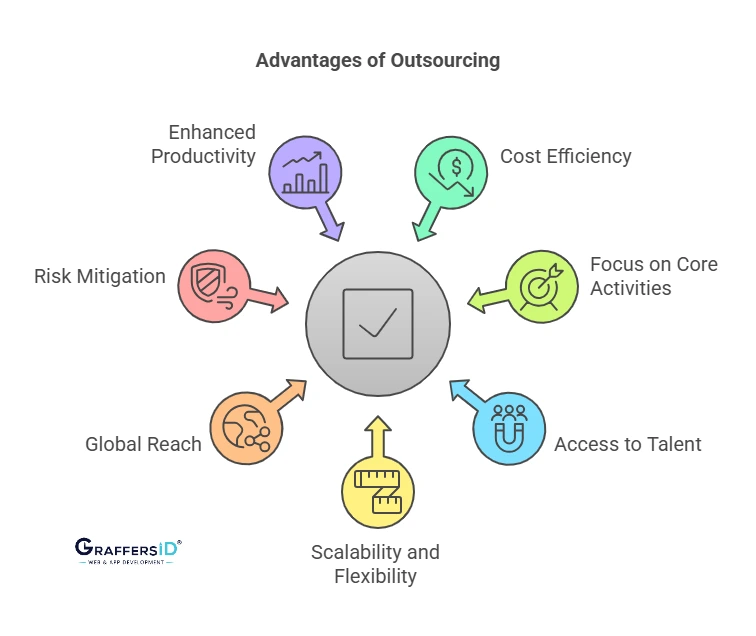
1. Cost Efficiency with AI & Automation
Outsourcing partners in 2026 use AI-driven automation to reduce manual work, optimize cloud spending, and speed up delivery. Businesses avoid high hiring costs, training expenses, and infrastructure investments while paying only for the skills they need. These AI efficiencies allow companies to save up to 25–40% more compared to previous years.
2. Focus on Core Business & Innovation
By outsourcing non-core or repetitive tasks, internal teams can shift their energy toward innovation, product development, and customer experience. Leaders no longer get stuck managing IT maintenance, L1 support, or ML pipeline operations, allowing them to focus on scaling the business strategically.
3. Access to Specialized Global AI Talent
The global talent shortage makes it difficult to hire skilled AI developers, cybersecurity specialists, and full-stack engineers. Outsourcing provides instant access to this expertise without long recruitment cycles or high salary overheads, helping companies stay ahead with the latest tools and technologies.
4. Faster Scaling and Flexible Team Expansion
Outsourcing offers on-demand scalability, allowing businesses to quickly ramp teams up or down based on product launches, market shifts, or funding cycles. This flexibility helps companies respond to uncertainty, manage workload spikes, and reduce costs during slower operational phases.
5. Global Reach & AI-Enhanced Expansion
AI-enabled outsourcing ensures 24/7 operations with automated ticketing, multilingual support, and intelligent cloud automation. This global delivery model improves customer satisfaction, shortens release cycles, and enables faster time-to-market for digital products.
6. Better Risk Management with AI Security
Outsourced cybersecurity teams now use AI to identify threats in real time, track vulnerabilities, and automate compliance audits. This reduces the risk of data breaches, ransomware attacks, and policy violations, especially for companies handling sensitive information.
7. Higher Productivity with Smart Automation
Outsourcing partners automate reporting, QA testing, customer support workflows, data cleaning, and DevOps pipelines. These AI-driven processes significantly improve productivity, often increasing internal team efficiency by 30–50% and enabling faster delivery.
Disadvantages of Outsourcing in 2026
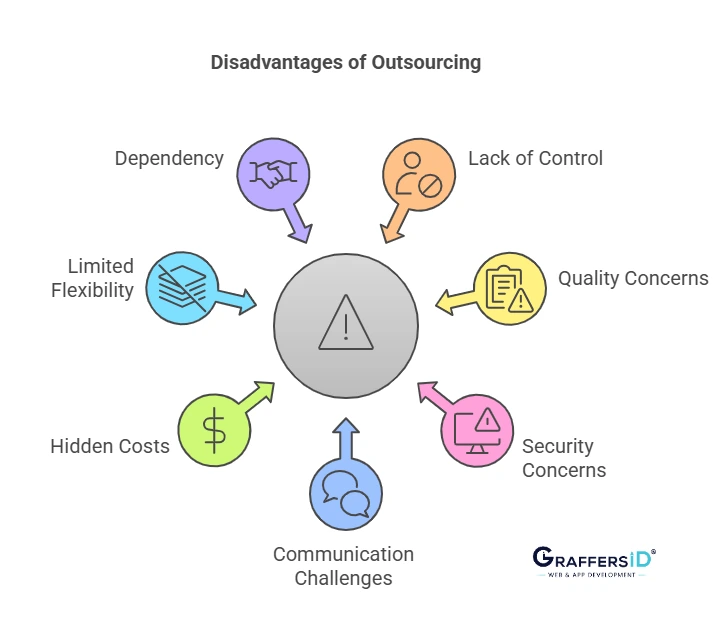
1. Reduced Control Over Processes and Quality
Outsourcing places critical functions outside the company’s direct control, which can lead to misalignment in deliverables, timelines, or execution standards. Without strong governance, the output may not fully match internal expectations or brand priorities.
2. Data Security & Compliance Concerns
AI outsourcing heightens risks related to data exposure, IP leakage, and regulatory compliance across GDPR, CCPA, and industry-specific standards. Companies in finance, healthcare, insurance, and government need strict frameworks to safeguard sensitive information.
3. Communication & Cultural Challenges
Even with AI-based translation and collaboration tools, companies may still experience time zone conflicts, unclear requirements, or cultural differences in working styles. These gaps can slow down execution and affect overall project coordination.
4. Hidden Costs and AI-Related Expenses
Outsourcing may sometimes introduce unexpected costs like model retraining fees, cloud usage spikes, licensing charges, and integration overhead. Transparent contracts and AI-specific service-level agreements are essential to avoid financial surprises.
5. Limited Flexibility Due to Rigid Contracts
Long-term outsourcing contracts can slow down innovation, especially when businesses want to adopt new AI tools, emerging frameworks, or modern cloud architectures. Flexible, modular agreements are becoming essential in 2026 to stay competitive.
6. High Dependency on Outsourcing Providers
Relying heavily on a single outsourcing partner can create bottlenecks if the vendor experiences instability, talent shortages, or AI infrastructure failures. This dependency can impact business continuity and operational reliability.
How Outsourcing Works in 2026? Step-by-Step Guide
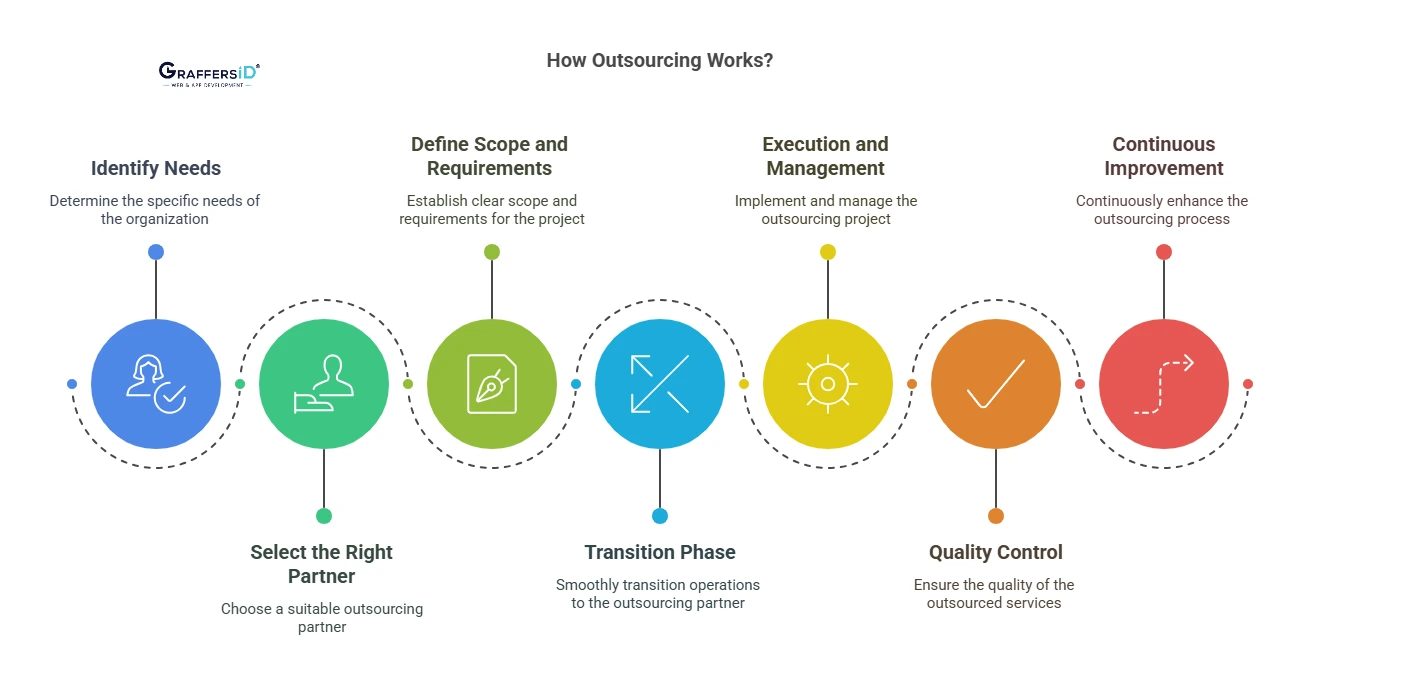
Outsourcing involves a series of complex steps and mechanisms:
1. Identify Needs
The outsourcing process begins with analyzing internal gaps, workload pressure, and skill shortages. Companies assess which functions, such as AI development, automation workflows, or product support, can be executed more efficiently by external experts. Clear goals and expected outcomes ensure a strong foundation.
2. Select the Right Outsourcing Partner
Businesses then evaluate potential partners based on their technical capabilities, AI expertise, security compliance, and overall reputation. The ideal partner should understand both your industry and your long-term technology roadmap, ensuring alignment from day one.
3. Defining Clear Scope and Requirements
Once a partner is chosen, both teams draft detailed documentation covering deliverables, timelines, quality benchmarks, and compliance standards. Setting AI-ready SLAs and measurable KPIs ensures transparency, accountability, and predictable results.
4. Knowledge Transfer & Transition Phase
During the transition phase, teams exchange knowledge, hand over documentation, set up infrastructure, and integrate AI tools. This period often includes onboarding, training, and access management to ensure a seamless shift without disrupting existing operations.
5. Execution & Management
Execution begins with full visibility provided through AI dashboards, weekly reports, and collaboration tools. Continuous communication helps track progress, manage expectations, and ensure that both teams remain aligned on goals and timelines.
6. Quality Control & Performance Checks
To maintain high standards, companies use AI-powered audits and analytics to measure accuracy, speed, security performance, and customer satisfaction. Regular performance reviews help address issues before they escalate.
7. Optimize & Continuous Improvement
The final stage focuses on refining processes, improving efficiency, and adopting new AI tools or automation opportunities. As both teams collaborate, outsourcing evolves into a long-term partnership that drives innovation and sustained business growth.
Read More: India vs USA in 2026: Cost & Benefit Analysis of Outsourcing
When Should You Consider Outsourcing in 2026?
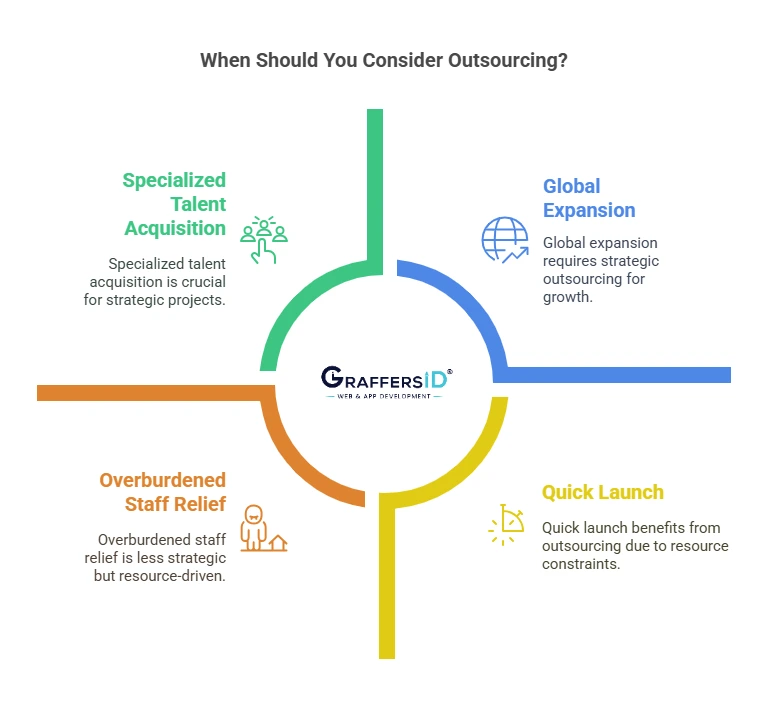
You should consider outsourcing in 2026 if:
- You need to launch AI-powered products faster: Outsourcing helps you bring AI apps, automation tools, and digital platforms to market quickly without waiting for in-house hiring cycles or training.
- You want affordable access to global tech talent: Remote outsourcing partners give you instant access to AI engineers, full-stack developers, cloud specialists, and cybersecurity experts at competitive costs.
- You require short-term specialists for high-impact projects: For tasks like AI model integration, cloud migration, automation setup, or complex feature builds, outsourcing offers project-specific expertise without long-term staffing commitments.
- Your internal team is overloaded with repetitive or non-core tasks: Outsourcing routine operations, AI data processing, customer support, QA testing, and documentation frees up your internal teams to focus on innovation and business-critical decisions.
- You want to expand into new markets without opening physical offices: Outsourcing provides global coverage, 24/7 operations, and region-specific CX support without setting up local teams.
- You need support in AI, ML, automation, or cloud workflows: Specialized outsourcing partners bring ready-made frameworks, automation pipelines, and AI capabilities that help you scale faster with fewer risks.
Conclusion: Is Outsourcing the Right Strategy for Your Business in 2026?
In 2026, outsourcing has evolved into a strategic growth engine, far beyond a traditional cost-saving model. With the rise of AI, automation, and globally distributed engineering talent, businesses can accelerate product development, increase operational efficiency, and innovate at scale.
For companies navigating digital transformation, outsourcing offers speed, flexibility, and access to capabilities that are often too expensive or slow to build internally.
However, the real ROI depends on how effectively you manage the outsourcing relationship. Success comes from:
-
Choosing a partner with proven AI and tech expertise
-
Setting clear expectations and measurable KPIs
-
Ensuring strong data security and compliance controls
-
Maintaining continuous communication and governance
Organizations that get these right unlock faster time-to-market, lower risks, and long-term competitive advantages.
Looking for a reliable and AI-ready outsourcing partner? GraffersID helps businesses scale with AI development, automation solutions, web & mobile app development, and hiring top remote developers to help businesses build faster and scale smarter.
Contact GraffersID today and build the future with us.
